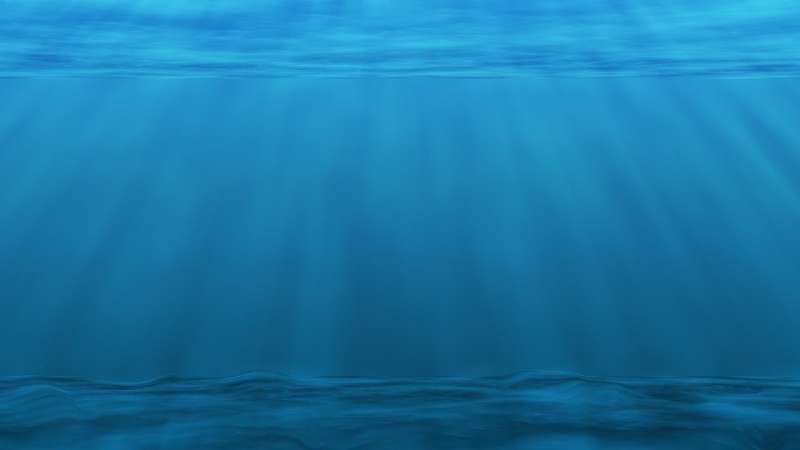Researchers find bacterioplankton rely on environmental vitamin B1 rather than making their own

New research from North Carolina State University and the University of Copenhagen finds that more bacterioplankton utilize vitamin B1 or B1 precursors from their environment than synthesize their own. The researchers also found that B1 availability can directly limit bacterioplankton growth, which could have larger impacts on aquatic microbial food webs, as well as energy and nutrient exchange.
"Bacterioplankton are actually more like us than we realized—they need to eat their Snickers, so to speak, and get nutrients like vitamin B1 from the environment," says Ryan Paerl, assistant professor of marine, earth and atmospheric sciences at NC State and lead author of a paper describing the research. "Previously we thought that most bacterioplankton made their own vitamin B1, but recent genetic and cultivation work with a few common strains in nature suggested this might not be the case. Our work looks broadly at abundant bacterioplankton in the wild and shows that while some are B1 synthesizers, the majority—including diverse populations—are B1 auxotrophs, meaning they have to glean the vitamin or pieces of it from their environment."
Paerl was part of an international team of researchers who looked at bacterioplankton—free-floating bacteria important to microbial food webs and energy cycling worldwide. They used metagenomics to examine wild bacterioplankton from fresh, estuarine, and marine waters in order to identify both their B1 needs and their ability to get B1 or precursors, then looked at whether environmental B1 availability had any effect on the growth of the populations as a whole.
Paerl and colleagues performed nutrient amendment experiments with water collected from the same Baltic Sea monitoring site where they had obtained and analyzed initial and weekly metagenomic data. The simple experiments involved measuring bacterial growth in water supplemented with B1 or B1 precursors compared to unsupplemented water. In three out of five experiments, samples with added B1 or precursors had significantly more growth than the control.
Genetic analyses of the weekly Baltic Sea metagenomes revealed fluctuations in the genes responsible for making and/or using environmental B1 and precursors over time. "In summer, for example, we saw the genes responsible for scavenging particular precursors come up, which suggests that more of those precursors are available in warm, sunny weather—which is also when vitamin B1-producing blue-green algae (cyanobacteria) thrive," Paerl says.
Paerl emphasizes that these findings are just the first step toward understanding the impact of B1 availability on the microbial food web and bacterioplankton metabolism.
"In future studies we'll be looking more specifically at different types of bacterioplankton and how B1 fits into their lifestyles," Paerl says. "This work is an initial step toward understanding relationships between plankton and B1, which is important to sort out as the availability of the vitamin and its precursors have a role in influencing community structure and growth."
More information: Ryan W. Paerl et al, Prevalent reliance of bacterioplankton on exogenous vitamin B1 and precursor availability, Proceedings of the National Academy of Sciences (2018). DOI: 10.1073/pnas.1806425115
Journal information: Proceedings of the National Academy of Sciences
Provided by North Carolina State University


















